 |
|||
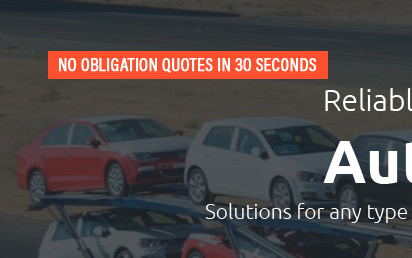 |
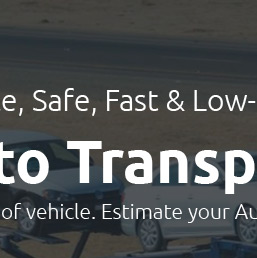 |
 |
|---|---|---|
 |
 |
|
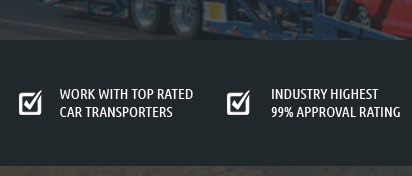 |
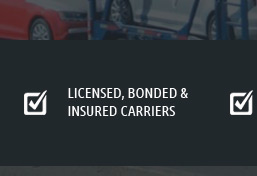 |
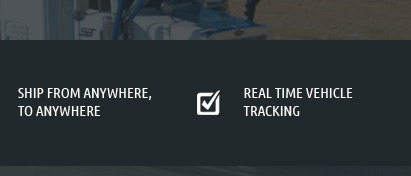 |
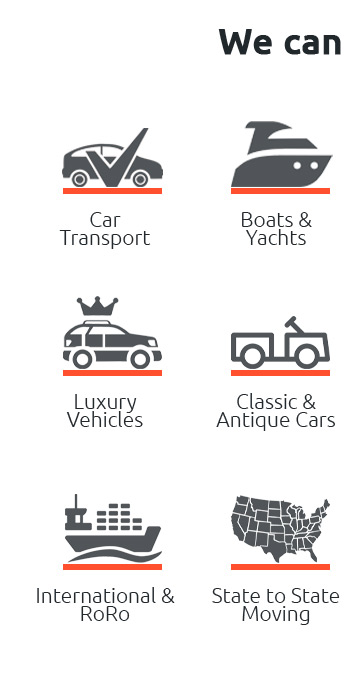 |
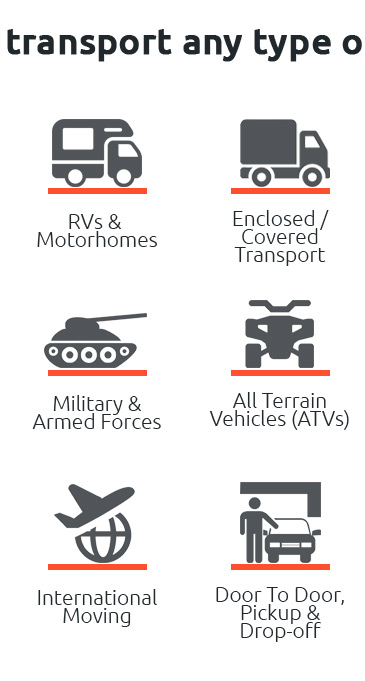 |
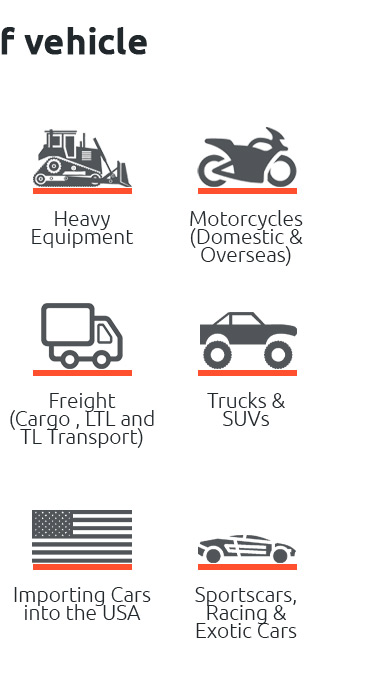 |
|---|
 |
 |
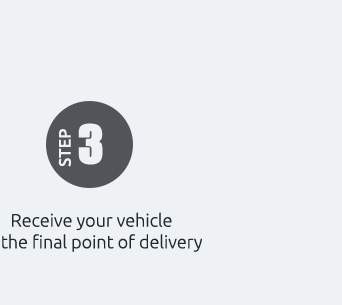 |
|---|---|---|
 |
||
 |
 |
|---|---|
freight train car transport essentials and best practicesOverviewFreight rail moves high-volume cargo and finished vehicles on predictable schedules, making it ideal for long hauls where cost, capacity, and safety matter. Networks link ports and inland hubs while cutting emissions per ton-mile. How it worksPlanning and routingShippers select boxcars, flatcars, tank cars, or enclosed autoracks for autos, then book lanes between origin and destination terminals. Loads are consolidated, weighed, and documented with waybills before trains are built and dispatched. ExecutionRailroads manage blocking, switching, and interchange. Digital tracking via EDI and telematics delivers ETAs and exceptions so teams coordinate first- and last-mile drayage without idle time. Benefits
Best practices
For autos, choose enclosed autoracks; for oversize freight, use flatcars and partner with experts for hazmat, permits, and customs.
|
|---|